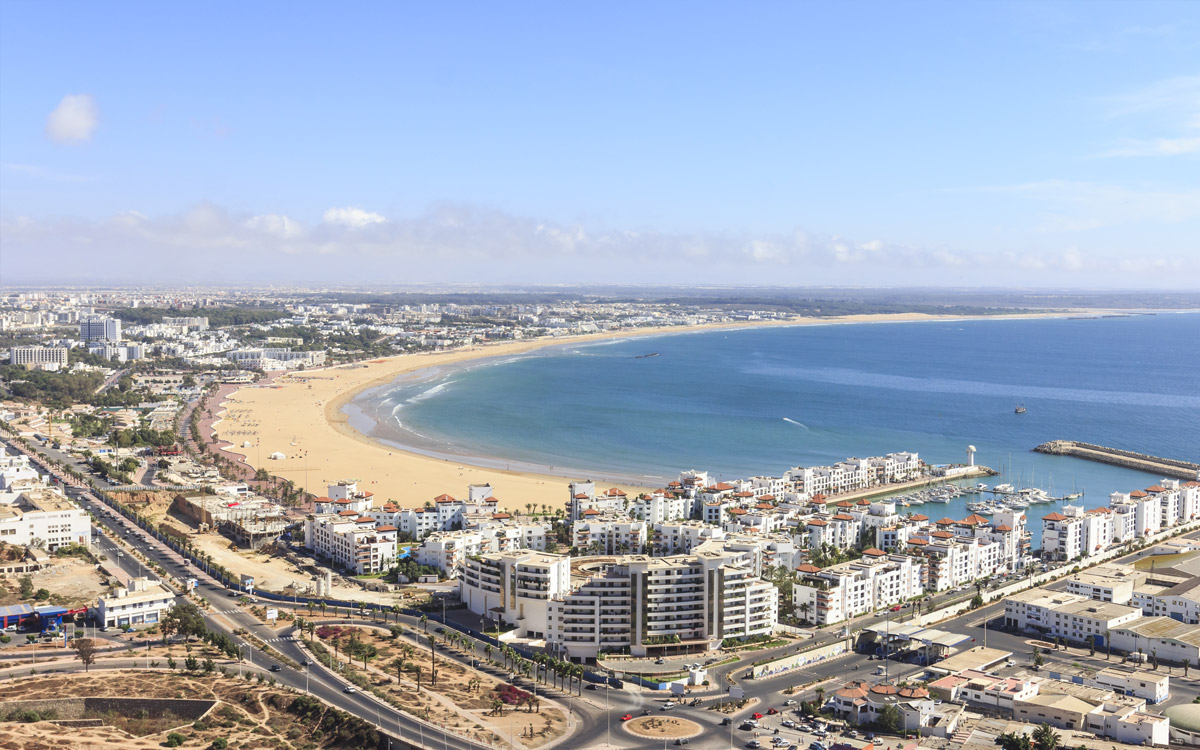- Published on
Hooked on Tradition Moroccan Traditional Fishing Methods in Atlantic Coastal Villages
- Authors

- Name
- Adil ABBADI
Introduction
Morocco's Atlantic coastal villages have long been synonymous with a rich fishing heritage, where the rhythmic lapping of waves against the shore harmonizes with the gentle creaking of wooden fishing boats. For generations, Moroccan fishermen have braved the unforgiving Atlantic, relying on traditional methods passed down through the ages to bring in the day's catch. This article delves into the cultural significance of Moroccan traditional fishing methods in Atlantic coastal villages, highlighting their historical context, traditional practices, modern adaptations, and efforts towards preservation.

- Historical Context
- Traditional Significance
- Modern Relevance
- Cultural Preservation
- Conclusion
- Cultural Call-to-Action
Historical Context
Morocco's Atlantic coastal villages have been inhabited by various ethnic groups, including the Berbers, Arabs, and Europeans, each leaving an indelible mark on the region's fishing traditions. The Phoenicians, in particular, introduced advanced fishing techniques, which were later refined by the Portuguese and Spanish during their colonial periods. Over time, Moroccan fishermen developed their unique blend of traditional methods, adapted to the region's rugged coastline and unpredictable Atlantic weather.
Traditional Significance
In Moroccan Atlantic coastal villages, traditional fishing methods are deeply intertwined with the community's social fabric. Fishing is not only a means of sustenance but also a way of life, with many families relying on the sea for their livelihood. The traditional fishing practices of these villages are characterized by the use of small, wooden boats, known as "pirogues," which are often decorated with vibrant colors and intricate designs. Fishermen employ a range of techniques, including line fishing, net fishing, and lobster potting, often venturing into the open sea in search of prized catches like sea bass, mackerel, and octopus.

Modern Relevance
In recent years, Moroccan traditional fishing methods have faced challenges from modernization, climate change, and overfishing. However, many coastal villages have responded by adopting sustainable practices, such as catch limits and marine protected areas, to ensure the long-term viability of their fishing industries. Additionally, eco-tourism initiatives have emerged, offering visitors the opportunity to experience traditional fishing practices firsthand, while generating income for local communities.
Cultural Preservation
Efforts to preserve and promote Morocco's traditional fishing methods are underway, with organizations like the Moroccan Ministry of Agriculture and Fisheries and the International Union for Conservation of Nature (IUCN) working to safeguard the cultural heritage of these coastal villages. Local initiatives, such as fishing cooperatives and community-based tourism projects, are also playing a vital role in preserving traditional practices and promoting sustainable fishing methods.

Conclusion
Moroccan traditional fishing methods in Atlantic coastal villages are a testament to the country's rich cultural heritage and its ability to adapt to the challenges of modernity. As we look to the future, it is essential that we continue to support and preserve these traditional practices, not only to safeguard the livelihoods of Moroccan fishermen but also to protect the delicate marine ecosystems that sustain us all.
Cultural Call-to-Action
As you explore the captivating coastal villages of Morocco, take a moment to appreciate the traditional fishing methods that have shaped the lives of the people who call these shores home. Engage with local fishermen, learn about their practices, and support initiatives that promote sustainable fishing and cultural preservation. Together, we can ensure that the rhythmic lapping of waves against the shore continues to harmonize with the gentle creaking of wooden fishing boats, carrying the rich cultural heritage of Morocco's Atlantic coastal villages into the future.
